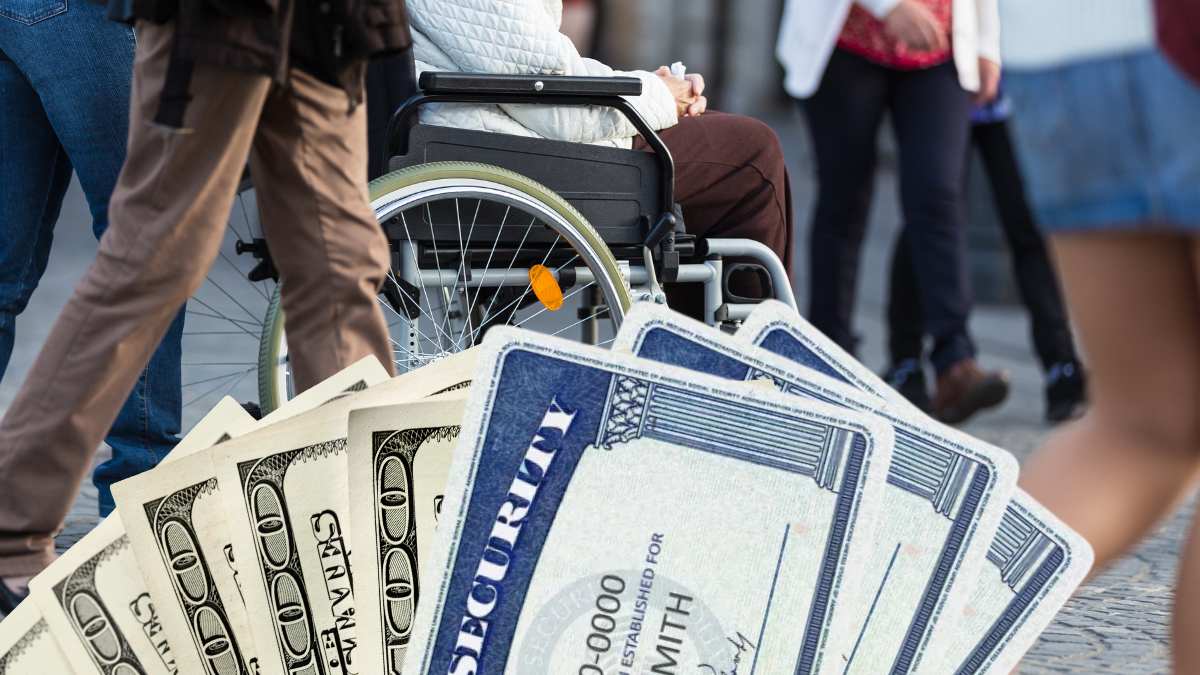The Social Security Administration (SSA) confirmed that Social Security Disability Security (SSDI) beneficiaries born between the 21st and 31st of each month will not receive their payment on April 23, 2025. This is the third group of recipients to get their April payments: the first group (birthdates 1 to 10) got their money on April 9, while the second group (with birthdates 11 to 20) got their deposits on April 16.
The absence of federal holidays prevented widespread delays. Although no mass outages were reported, the SSA clarified that individual cases — such as prior overpayments, administrative disputes or eligibility reviews — could delay deposits. These are managed in a particular way, without affecting specific groups.
Maximum SSDI amounts in 2025: How are they calculated
In 2025, Social Security Disability Insurance (SSDI) could pay a maximum monthly benefit of $4,018 to those who meet all requirements. However, very few people can access that figure. The main reason lies in the strict conditions necessary to reach the cap, which depend on an exceptional work history and high contributions over decades.
To qualify for the maximum benefit, it is essential to have contributed for 35 years based on the highest taxable income base. In 2025, this annual taxable cap is set at $176,100. This means that, for more than three decades, the worker must have generated income equal to or greater than that amount each year. Only this ensures that your benefit calculation reflects the maximum possible contributions.
The process to calculate the pension consists of two fundamental steps. First, the Social Security Administration (SSA) determines the Indexed Average Monthly Earnings (AIME), which involves adjusting a person’s historical wages for inflation. Then, a progressive formula is applied that uses two “break points” (in 2025 they are $1,226 and $7,391) to transform that AIME into the Basic Insurance Pension (PIA).
The formula works as follows:
- 90% of the first $1226 of the AIME is taken,
- 32% of the portion between $1,226 and $7,391,
- And 15% of any amount exceeding $7,391.
The sum of these three tranches results in the PIA, which is then rounded according to federal rules.
What happens when the SSDI beneficiary dies? Do your relatives inherit the payment?
The Social Security Fairness Act, in force since January 2025, is projected as a tool to correct inequalities in benefits for retirees with pensions outside Social Security. Although its main focus does not contemplate SSDI, it establishes retroactive mechanisms whose application benefits recipients with dual eligibility, that is, those with covered work history and pensions not subject to the system.
According to SSA data, about 3.2 million dual eligibles will receive retroactive adjustments beginning in January 2024. These amounts were processed automatically beginning in March 2025, without changing the normal April schedule. The agency reported that complex cases will have until November 2025 to complete pending reviews.
Beneficiaries with jobs not covered by Social Security, such as teachers or firefighters, will experience an increase in their monthly payments starting in April. This advance is due to the elimination of the Windfall Elimination Provision (WEP), which previously reduced its benefits. In this way, the SSA seeks to standardize the calculation conditions for all recipients.




